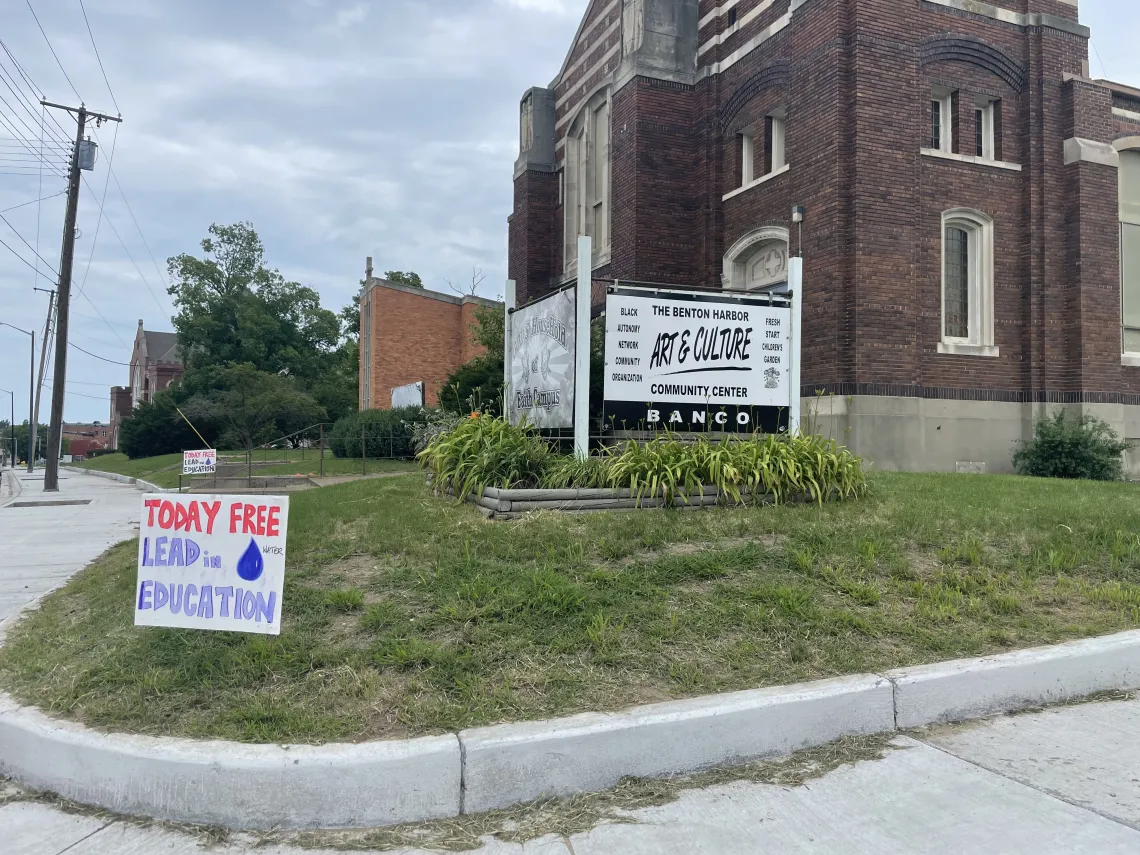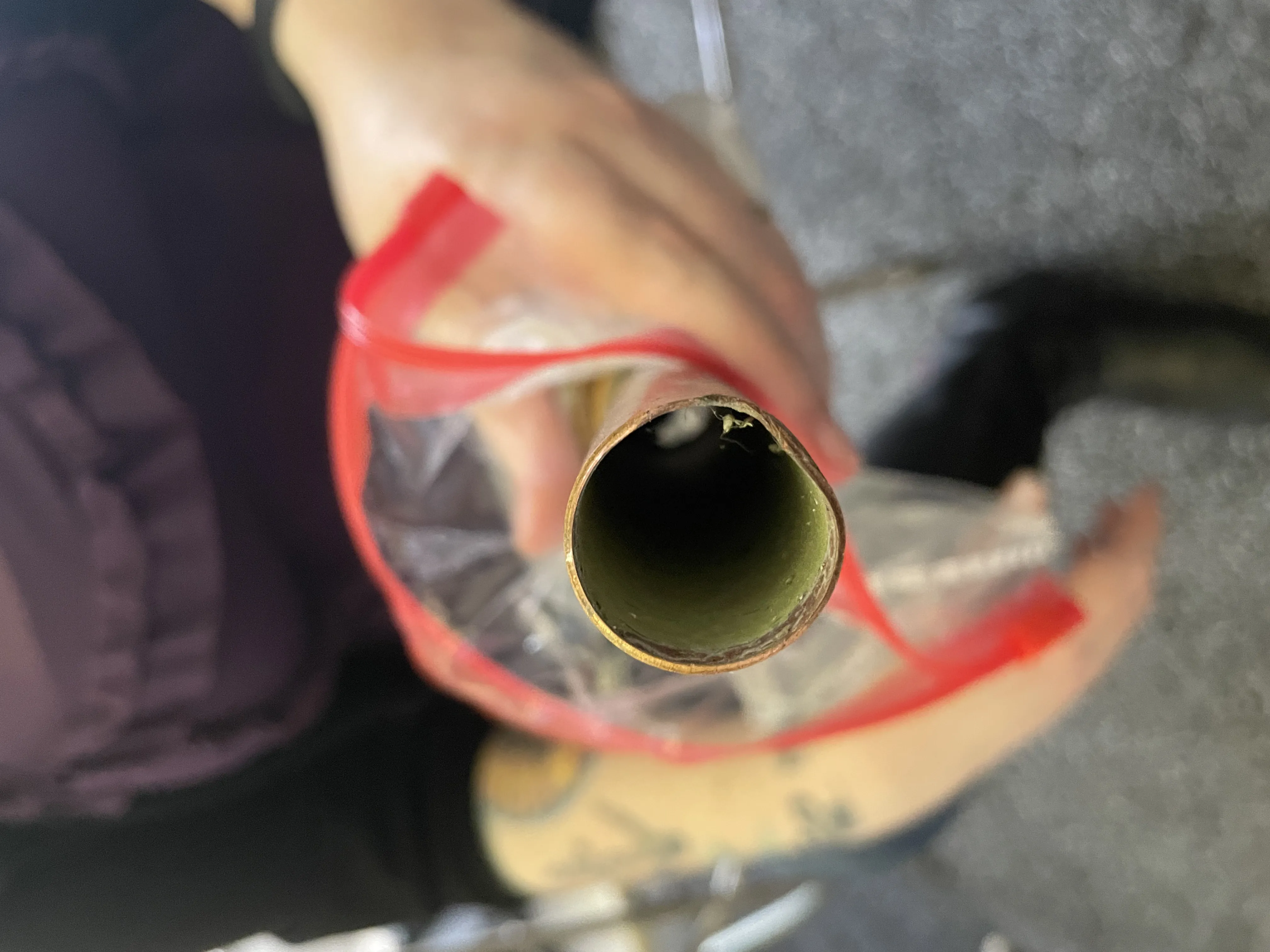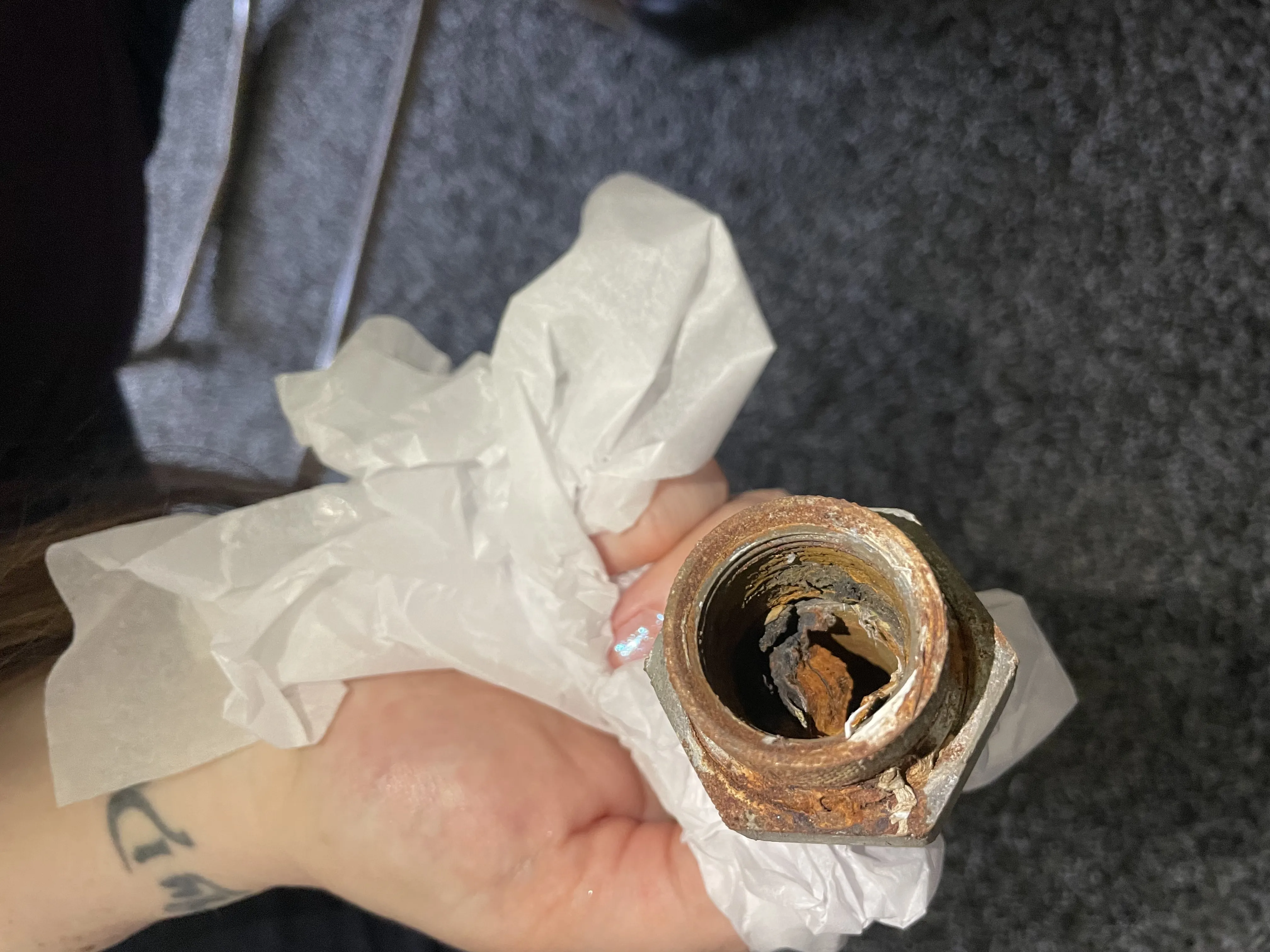Trainee Sarah Abney serves at The Peoples Water Board Coalition and the Michigan Welfare Rights Organization in Detroit, MI

Sarah Abney
Sarah Abney is an Indige-FEWSS Trainee and a Doctoral candidate in the Department of Environmental Sciences at the University of Arizona. Sarah had the opportunity to intern with The Peoples Water Board Coalition and the Michigan Welfare Rights Organization in Detroit, Michigan, this summer – this is her story.
Sarah's experience supporting environmental justice in Detroit
This summer, I had the wonderful opportunity to work in Detroit with The Peoples Water Board Coalition, a Local 501(c)3 non-profit organization and Michigan Welfare Rights Organization. Detroit city’s water and sewage system is the largest on-grid water system in the United States. Although many people remember Michigan for the Flint water crisis, many communities around Michigan also have unfit drinking water coming from household pipes and lead service lines. Detroit’s water network alone consists of 2,700 miles of transmission and distribution mains for drinking water and 3,000 miles of sewer collection piping [1]. Detroit also built and supplies a regional system water grid that serves nearly 126 municipalities.
However, this massive water infrastructure that started servicing the public in 1836 is aging. With age comes pipe corrosion [JR1] and the depletion of public health.

Sarah Abney

Sarah Abney
Even though Detroit lays claim to the largest on-grid water system in the U.S., many customers in the inner city and throughout the state struggle to financially support the high prices of their water bill. For example, in 2018 it was estimated that for a family of four, total water and sewage costs in Phoenix costs $399 while it costs a family in Detroit $1151 – for Detroit the cost of water raised 65% from 2010-2018 and is consistently rising [2]. The major contrast to these cities being that Detroit is connected to the Greatlakes which holds 20% of the worlds surface freshwater and Phoenix is in the Desert [3]. The cost of this is felt and seen within the local community in which houses are subject to foreclosure if water bills are not paid in full by the end of the tax-year and families are torn due to state regulations for children removed in homes without running water. During the ongoing COVID-19 pandemic, Detroit residents suffer from unprecedented rates of infection that can be directly linked to the overall water quality and access inequities in this urban landscape. For a city so rich of advocates for social reform, such as Marian Kramer and Maureen Taylor, a Water Affordability Program was developed and approved by Detroit City Council in 2005. Due to internal resistance, Detroit cannot lay claim as the first city to implement this plan as it was never budgeted for by local government leaders. This plan has shown much promise in other water-stressed environments across the nation and is now actively practiced in California as well as the City of Baltimore.
During my time in Detroit, I have worked on both water quality and water access issues. The U.S. Environmental Protection Agency (EPA) held two community round tables[JR2] in Michigan about the Lead and Copper Rule Revisions the state is undergoing. It is an unprecedented amount for one state, which includes 4 major cities affected by lead service lines and lead contamination within their home piping: Benton Harbor, Highland Park, Flint, and Detroit. The lead pipes also contain other contaminants of concern, such as bacteria and copper. During my internship, I had the opportunity to work on a 4-city wide report that will be submitted to EPA in our efforts to reemphasize communities needs and how the EPA plays an important role in ensuring public safety of the nation’s water infrastructure. I have also assisted during community outreach events and ventures that included hosting a lead and copper community learning event in Benton Harbor as well as aiding in the development of a youth program[JR3] .
As I reflect on the contrasting water systems that are present in Detroit and Navajo Nation alike, similar social justice concerns and water inequities are prevalent. The city of Detroit is needing to set a precedent for prioritizing socio-economical challenged constituents in this silent water war labeled with the trojan horse of gentrification. If nothing is done, the result will be a very serious impact of perceptualized laissez-faire capitalism, where reversed white flight will continue to commodify and privatize the most important resource to humankind– water.
References:
1) https://detroitmi.gov/departments/water-and-sewerage-department/dwsd-resources/about-dwsd
2) https://www.npr.org/2019/02/08/691409795/a-water-crisis-is-growing-in-a-place-youd-least-expect-it
3) https://www.michigan.org/article/trip-idea/great-lakes-fun-facts
